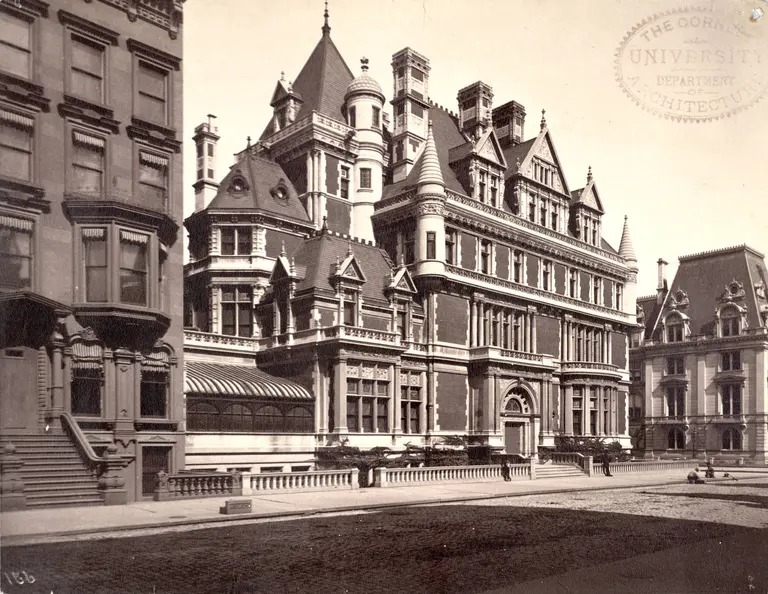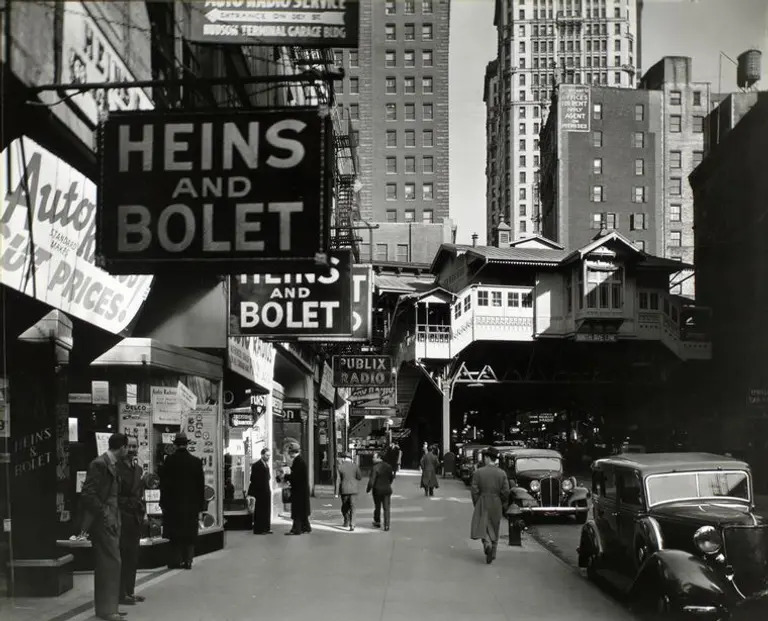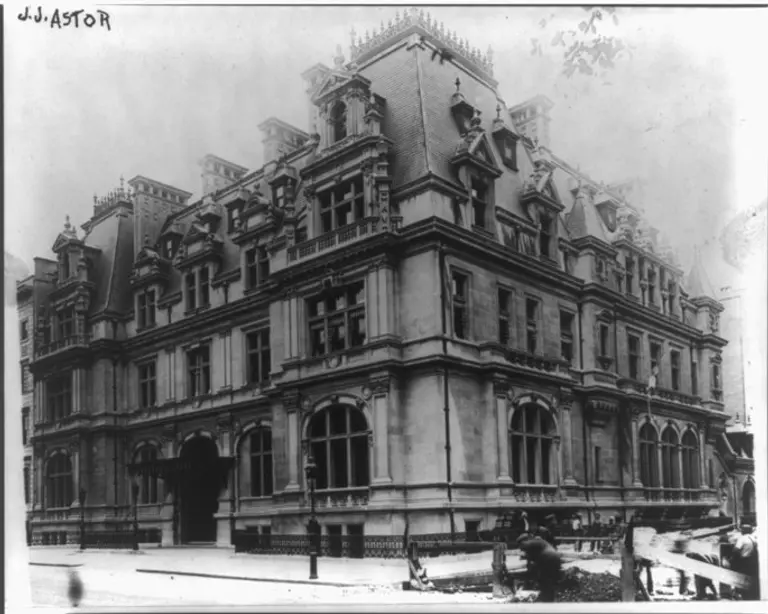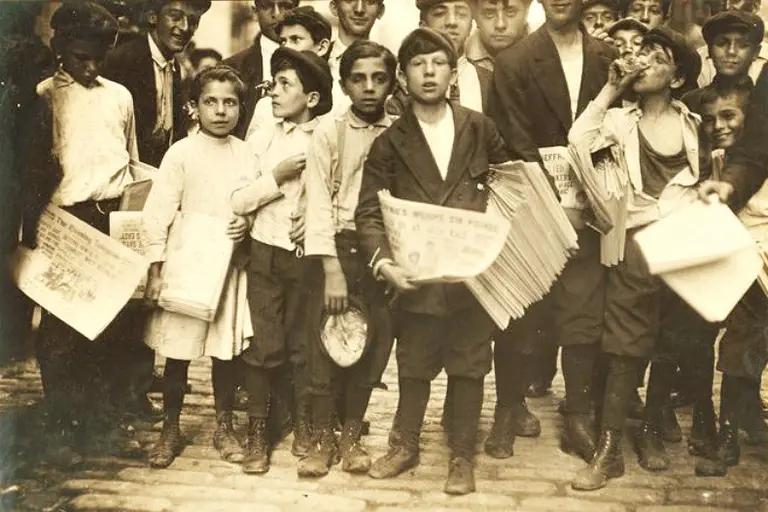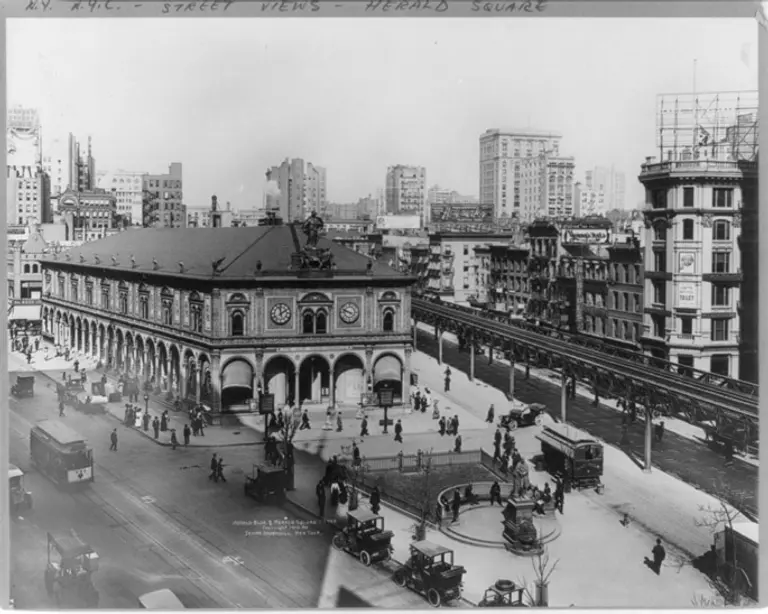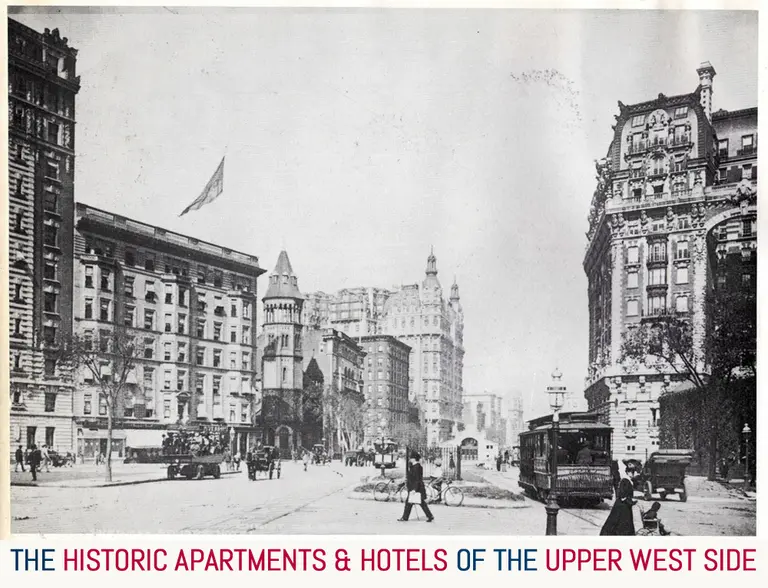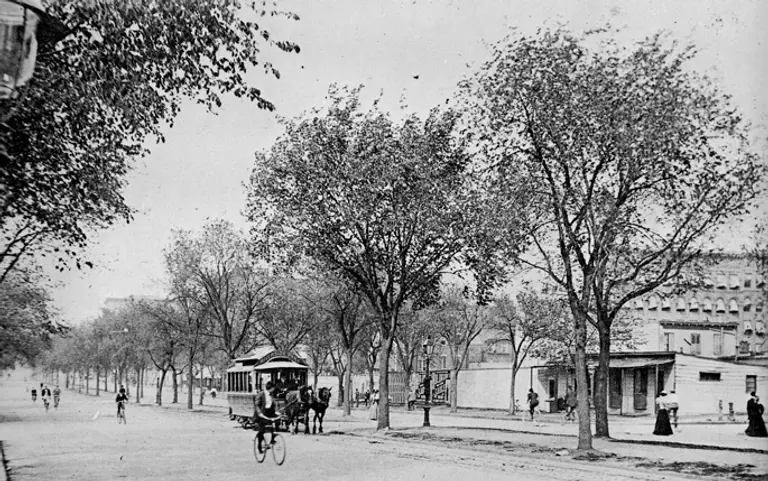August 28, 2017
Last week, 6sqft went through the many mansions, predominately lost, along Millionaire's Row on Fifth Avenue up to 59th Street. Most of this stretch has been converted into upscale luxury retail and corporate skyscrapers, but Millionaire's Row continued northwards along Central Park, which opened in 1857. Though some have been lost, a significant number of these opulent Gilded Age mansions still stand within this more residential zone. The AIA Guide to New York City calls this area of Fifth Avenue from 59th Street to 78th Street the "Gold Coast," and rightly so.
Walking up 5th Avenue, you'll first pass the decadent Sherry-Netherland Hotel with its recently uncovered 1927 Beaux-Arts mural and the Stanford White-designed Metropolitan Club, founded by J.P. Morgan in 1891 for friends who were rejected from the old-money Knickerbocker Club. But even before the construction of the Metropolitan Club, a mansion was rising less than a block away on 61st Street and Fifth Avenue.
Find out more about these incredible mansions here
